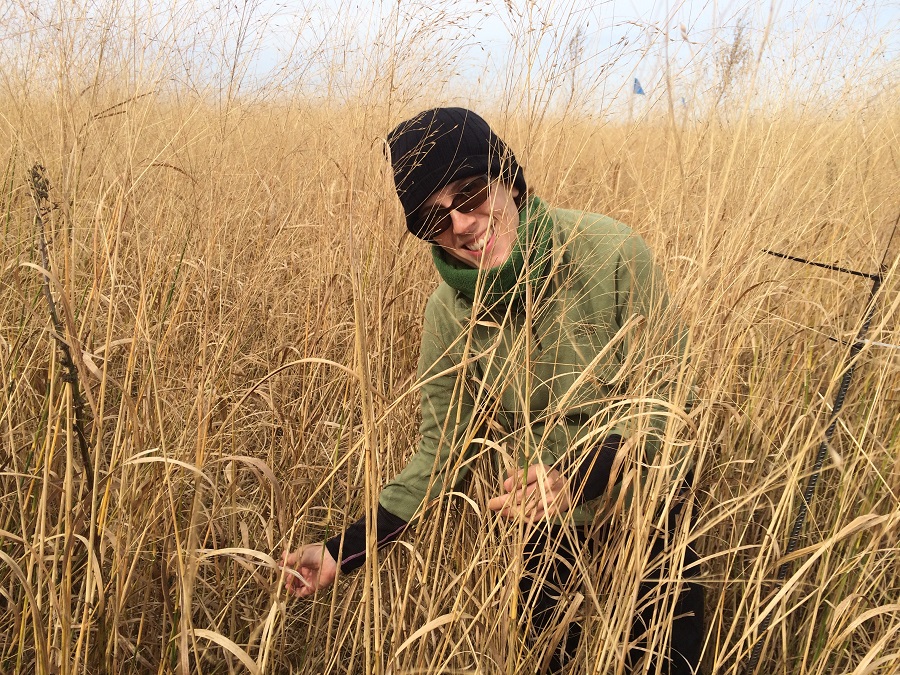Welcome back! In the first part of this blog article, we outlined food plot recommendations based on season and target game species. Now in this second part, we’ve included wildlife plot recommendations based on ancillary support of your food plots. We’ve also included recommendations for less-than-ideal food plot locations and situations.
As before, plant species are loosely recommended based on your target game species. Dark blue links indicate a product that is mostly annual and dark green links indicate a product that is mostly perennial.
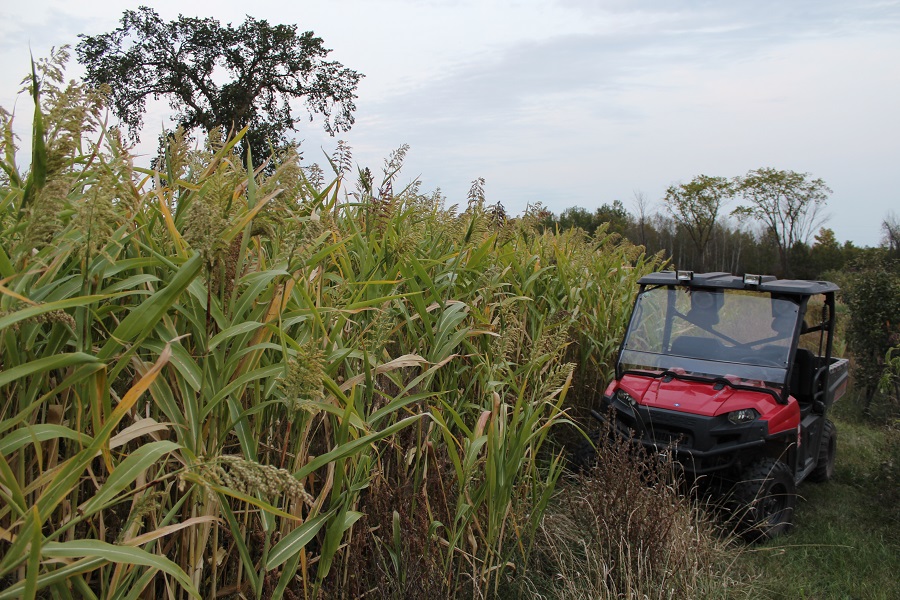
Food Plot Screens
Something that we come across frequently at Deer Creek Seed Co. is folks asking what they can plant to provide privacy around their food plots. A food plot screen is a great idea if you want to give wildlife a sense of security in wide open areas or if you want to block the view of your food plots from roads, adjacent properties, or public land poaching threats. Our Silver Screen Food Plot Mix is a combination of Egyptian wheat (a sorghum species) and forage soybeans. It was designed to provide both forage as well as screening around your food plots.
If you’d rather plant a straight product, you can purchase Egyptian wheat by itself. An incredibly popular perennial option is Switchgrass, a warm-season perennial grass that is native to practically the entire United States. Switchgrass is relatively unimpressive in its first year of planting, but in the second year, you will be amazed by its height, density, and fall color! Regardless of what type of screen you plant, they do best in 10 to 20 feet wide strips along roadsides and food plot edges.
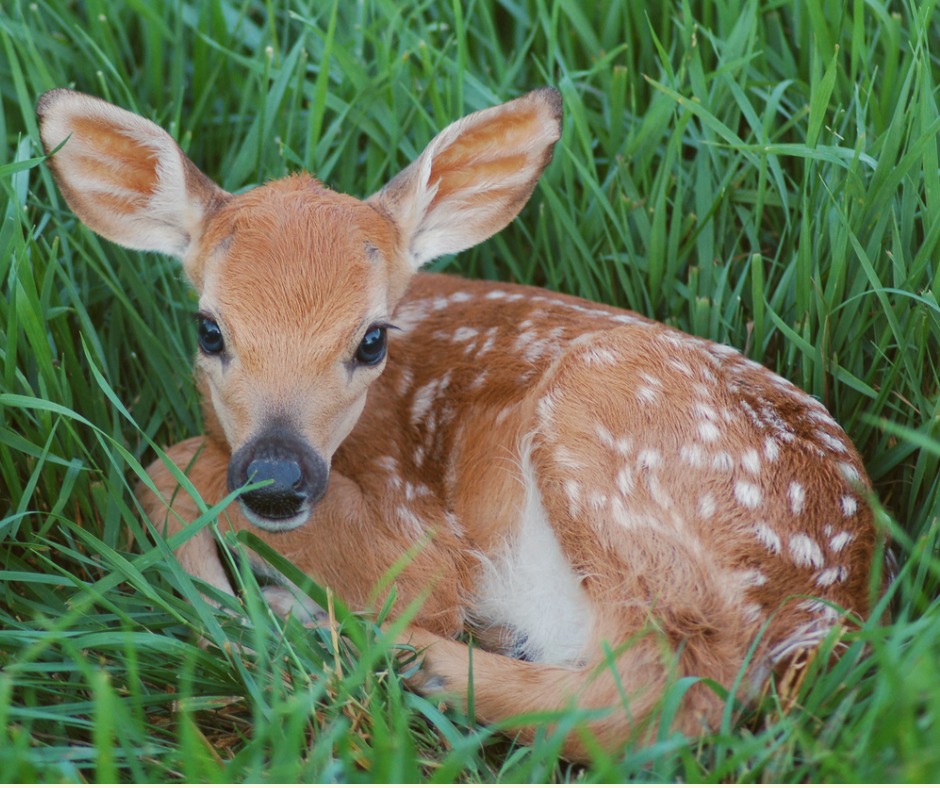
Bedding Areas
If your goal is to create long-term habitat that will encourage wildlife to make a permanent home on your property, then you’re probably interested in planting bedding areas. Similar to screens, bedding areas take advantage of tall grasses to provide a sense of security for bedded down deer or nesting game birds. Bedding grasses should be flexible and “soft” enough that an animal can move through them and lay down in them. It may be better to take advantage of perennial grasses in this instance and create prime bedding areas that bucks will circle in the fall, waiting for bedded down does to come out and eat.
Switchgrass, by itself, is a great screening grass and a perfect bedding grass. If you’re looking to put in a bedding area that is ideal for growing fawns, our Logger's Trail or Wildlife Clover Mix is a creative compromise between tall bedding grasses and succulent clover forages. The chicory adds a pop of color.
Finally, if you’d like to use a variety of perennial grasses that hold broader appeal to multiple animal species, consider our Upland or Lowland Native Grass Mixes. Comprised of several grasses that are native to the United States, the upland mix is meant for drier, upland soils and the lowland mix can tolerate occasionally wet soils that are lower in the landscape. Both these native grass mixes are attractive to all kinds of wildlife and not just in deer food plots.
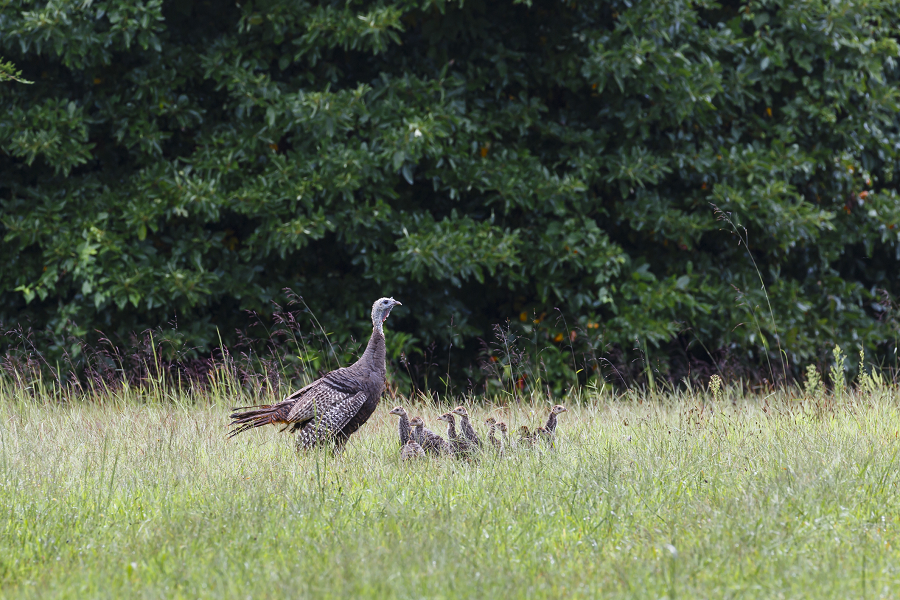
High Foraging Pressure
So, you’ve got the fortunate/unfortunate problem of too much foraging pressure on your land, eh? The second you get a clover down, it’s gone before it even has a chance to grow its first tri-foliate leaf! If you’re swimming in deer, there’s an easy solution here. Have a hunting party! Get your friends and relatives together and have a bonding weekend while also promoting the great tradition of hunting.
But seriously, what can you do? You could try planting a nurse crop of an annual small grain or grass, like spring oats or annual ryegrass. These nurse crops come up fast and encourage browsing on the annual plants, giving the slower-growing legumes or broadleaves a chance to get established. One thing to keep in mind if you try this is to lower the seeding rate of your food plot mix or desired primary plant so that you’re not creating too much competition between the seedlings.
You can also try planting our Purple Top Turnips. These high yielding brassicas were bred for rapid growth, high digestibility, and unbeatable re-growth after browsing. They tend to last longer in the season than other common turnips or rape cultivars due to their ability to handle chomping.
Another option, albeit not an attractive one, is to find a way to fence your food plot area off in an effort to let it grow a bit before it gets mowed down. If the browsing pressure is too high, it means that there aren’t enough food sources elsewhere. As previously mentioned, this a good and bad problem to have. We would recommend putting in more food plots on your land, to reduce the browsing pressure as well as increase the longevity of your existing food plots. I’ve also spoken with customers who plant food plots together with their neighboring landowners, to better improve food availability in the surrounding landscape.
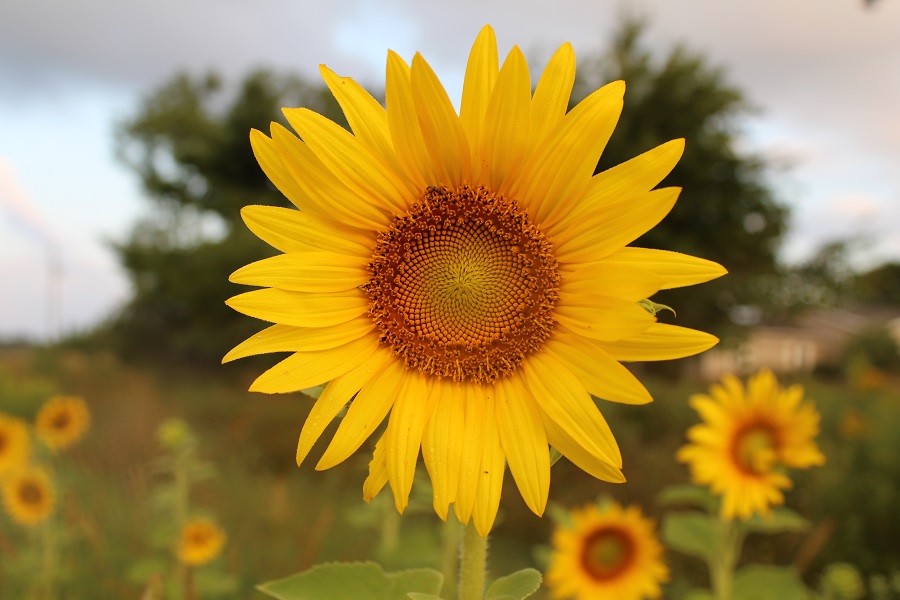
Wooded Plots or Sandy Soils
What if you have food plot areas that are located in hard-to-grow spots? This situation certainly applies to me! My food plots are either in wooded areas or sandy spots along the river. In both scenarios, it can be hard to grow plants. Wooded areas are typically shaded and have wetter soils that are lower in pH. Sandy areas have drier soils that are often lower in nutrients.
If you have wooded plots and you’d like something that will have broad appeal to all kinds of wildlife, consider our Logger’s Trail Mix. Comprised of palatable clovers and shade-tolerant grasses, this mix will grow well in slightly acidic, shaded, and damp soils. Good straight products in these environments include our Dutch White Clover or our Annual Ryegrass.
If your plots have sandier soils and you’re looking to specifically attract deer, consider our Forage Soybeans or Buckwheat as tasty additions to your food plots. Both species can handle sandier, drier soils and produce succulent forage that deer truly enjoy munching on. If you’d like to attract a variety of wildlife, including birds, our Sandy Sure Shot Mix is a great blend of seed-producing plants and palatable forages – all of which can handle sandier soils.
Finally, what if you’ve got a rocky or clay-soil spot that gets decent light but is otherwise rather inhospitable to other kinds of food plot plants? We recommend Birdsfoot Trefoil in these environments. This hardy legume holds its ground (literally!) in wet soils with low pH. It has excellent winter hardiness and works well for erosion control too. The best part? It’s palatable to all kinds of wildlife, including deer, game birds, and small game.
Birdsfoot trefoil is slower to establish so, if possible, fence off or protect the area while the seedlings take root. Seed trefoil in the early spring to give it an advantage over weeds. Also, it doesn’t handle competition well, so this is an instance where a companion crop wouldn’t be helpful.
A Final Word
Phew! There was a ton of information in this blog article – both in the first part and this second part. Hopefully you were able to find a product that will fit your unique food plot situation. Something that is important to keep in mind is that any of the products that we described are going to pull wildlife onto your land.
There are lots of hunting experts who will insist that a particular plant species or location is going to be “best” for wildlife, but at the end of the day, I’ve seen deer hanging out in my back yard, turkeys strutting near playgrounds, and pheasants walking along the side of the road. None of those places had anything more exciting than Kentucky bluegrass growing on them.
Be adventurous, be flexible, and try different things every year. Have fun with your food plots and don’t obsess too much about what you plant in them. If it’s green and growing, wildlife will find it!



